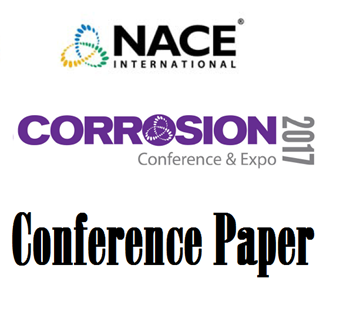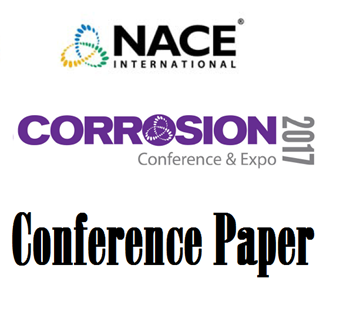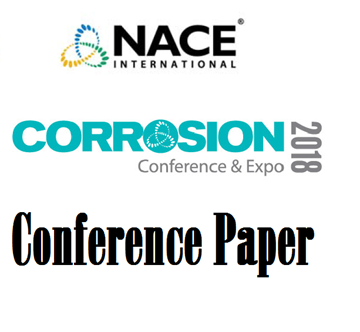Search
Individual Conference Papers
View as
Sort by
Display
per page
Effect Of Impurity On The High-Temperature Corrosion Performance Of Alloys In Supercritical CO2
Product Number:
51322-18055-SG
Publication Date:
2022
$20.00
Effect Of Inhibitor Component On Inhibitor Efficiency - Inhibitor Types And Intensifier-
Product Number:
51322-17791-SG
Publication Date:
2022
$20.00
Effect of Inhibitor Concentration on the Adsorption and Inhibition Mechanism for Mica and Carbon Steel Studied by In Situ Atomic Force Microscopy
Product Number:
51323-19200-SG
Publication Date:
2023
$20.00
Effect of Laser Marking on Corrosion Performance of Metallic Materials in Different Environments
Product Number:
51321-16495-SG
Publication Date:
2021
$20.00
Effect of Loading Profile and Sour Environment on Cracking behavior of C110
Product Number:
51323-19401-SG
Publication Date:
2023
$20.00
Effect Of Localized Stress On Initiation Of IGSCC
Product Number:
ED22-17308-SG
Publication Date:
2022
$20.00
Effect of Low Frequency on the Fatigue Response of Wellhead Extension Joint Welds Exposed to Simulated Seawater with Cathodic Protection
Product Number:
51319-13071-SG
Publication Date:
2019
$20.00
Effect of Microstructural Particularities on the Corrosion Resistance of Nickel Alloy UNS N07718 – What Really Makes the Difference
Product Number:
51317--9068-SG
ISBN:
9068 2017 CP
Publication Date:
2017
$20.00
Effect Of Microstructure On Mechanical Behaviour Of Ni-Base Alloy Dissimilar Metal Welds
Product Number:
ED22-17104-SG
Publication Date:
2022
$20.00
Effect of Microstructure on the Corrosion Resistance of Super Duplex Stainless Steels: Materials Performance Maps
Product Number:
51317--8923-SG
ISBN:
8923 2017 CP
Publication Date:
2017
$20.00
Effect of Minor Ce Additions on Corrosion Behavior of Experimental Pipeline Steel
Product Number:
51324-20450-SG
Publication Date:
2024
$40.00
EFFECT OF MODELING VARIABLES UPON PROJECTION OF CORROSION INDUCED POST-TENSION TENDON FAILURES
Product Number:
51318-10496-SG
Publication Date:
2018
$20.00












